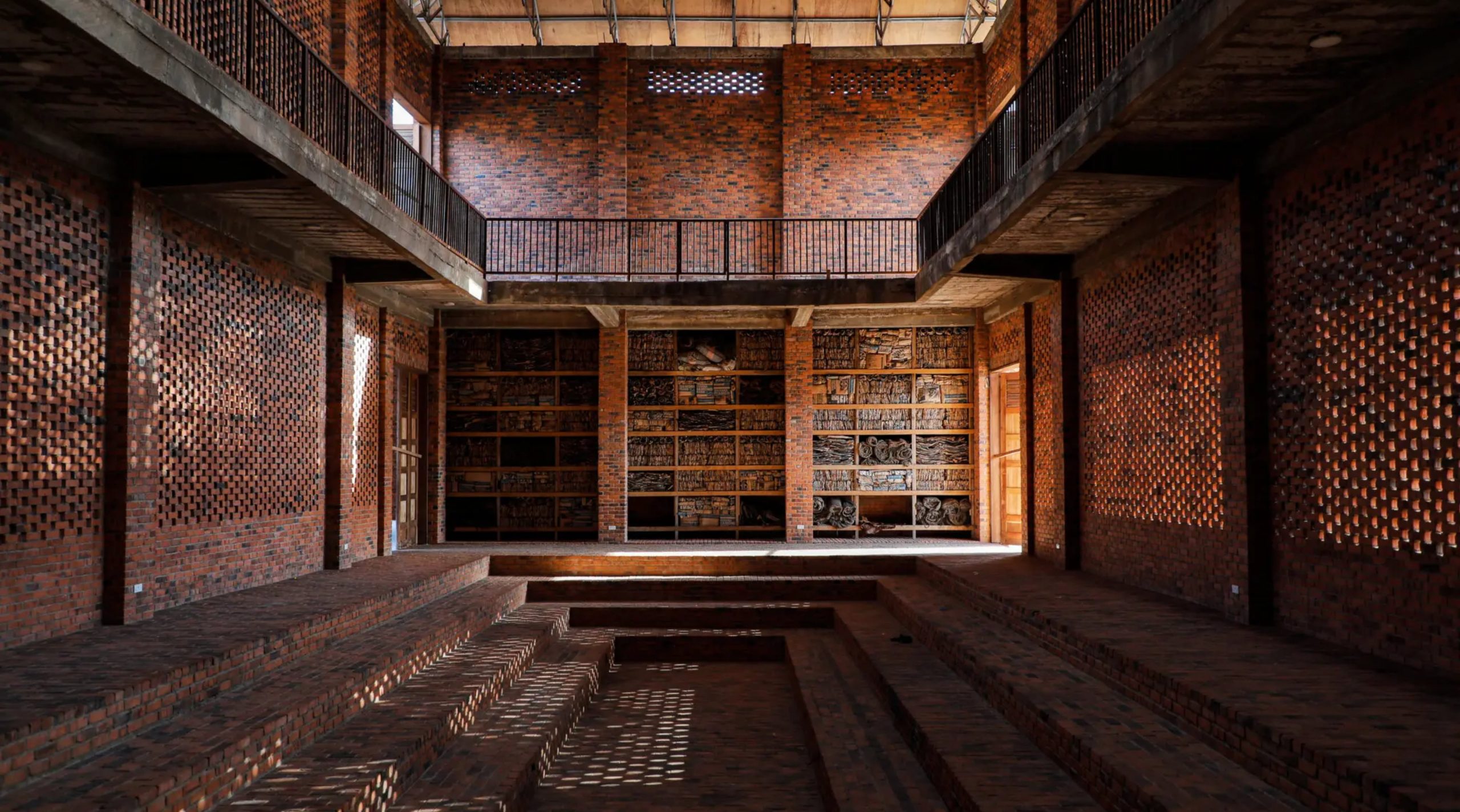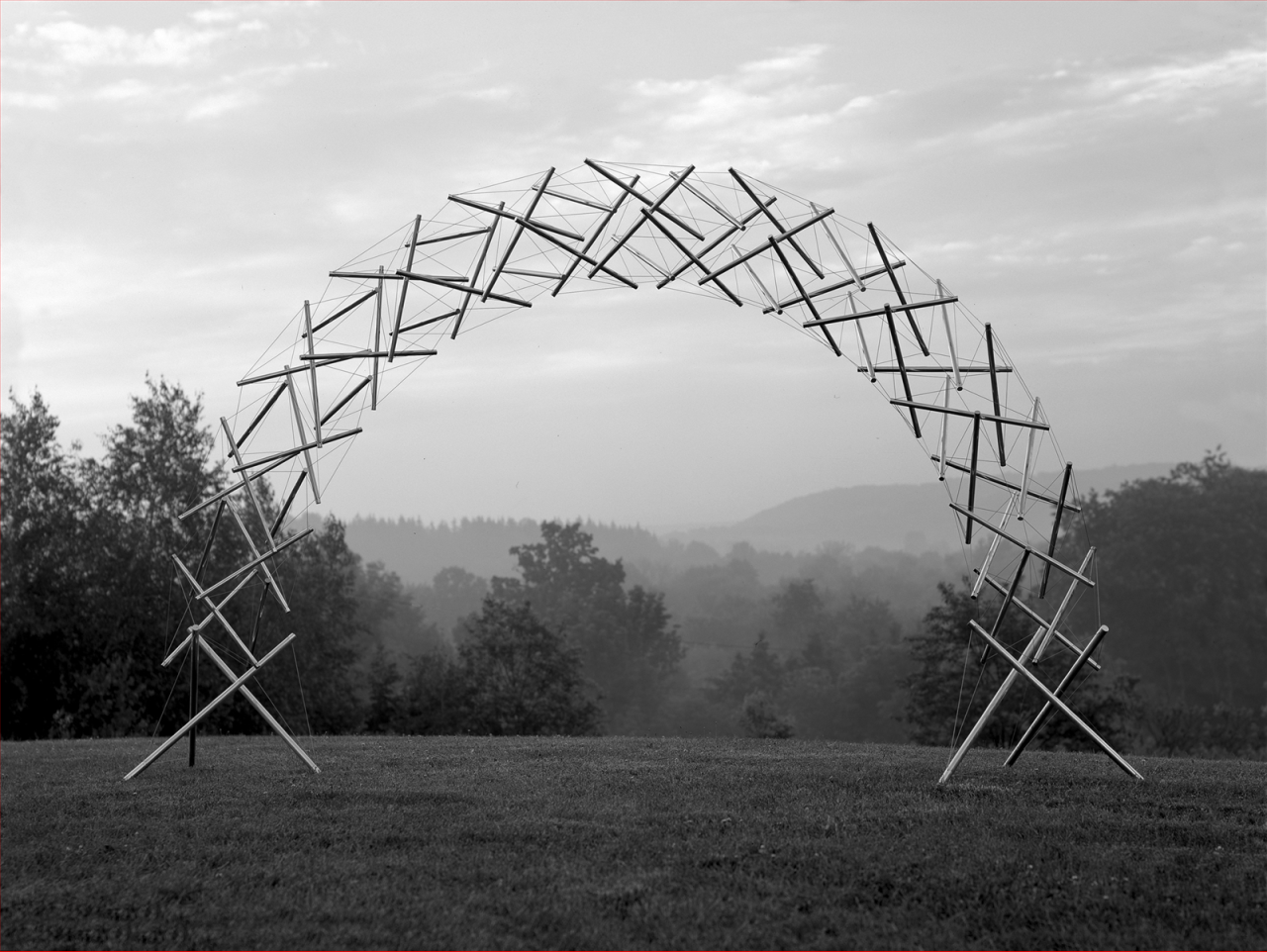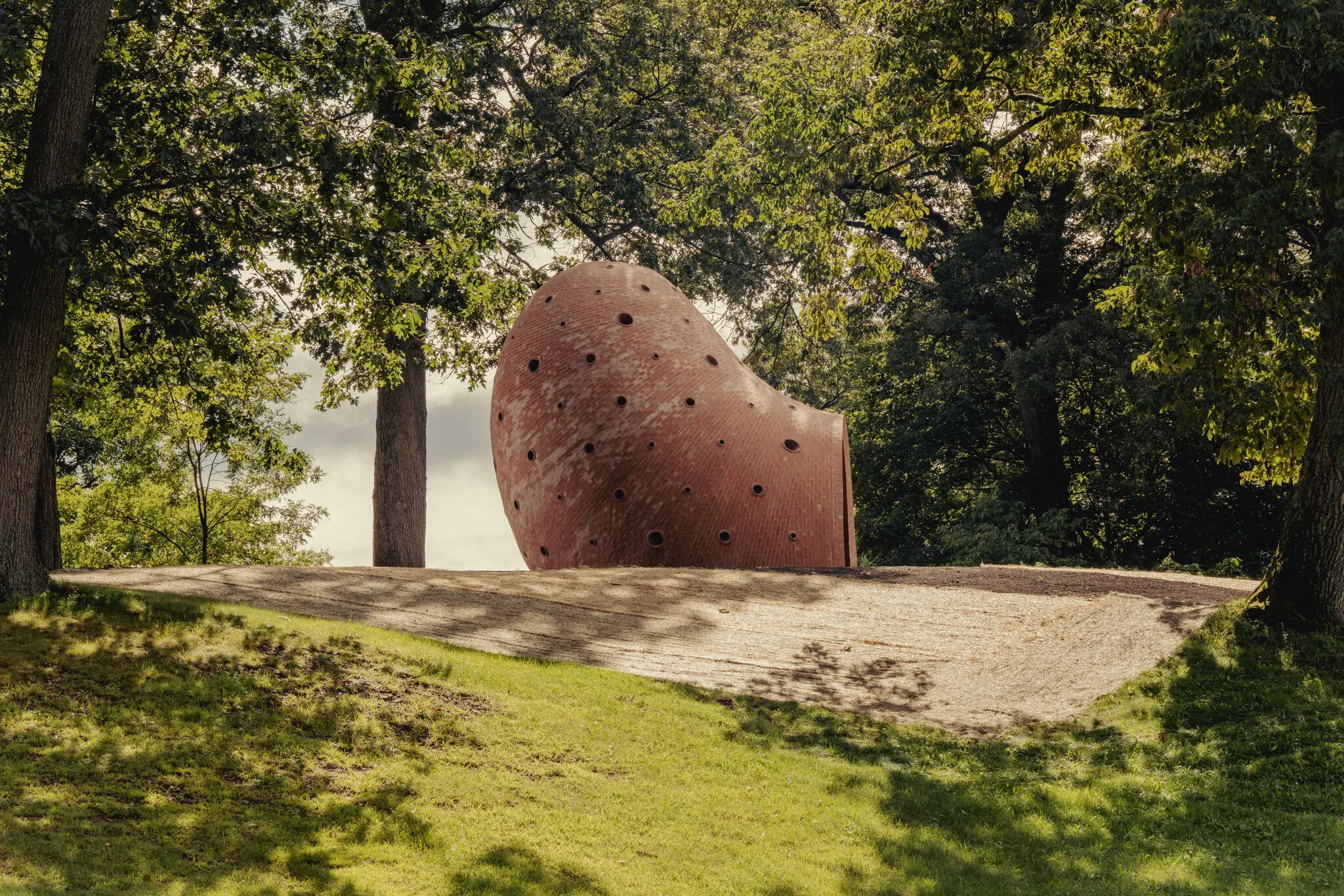Tactical Urbanism

The above is a photo I took of a formerly empty lot in Montréal, upon which has been built a thriving temporary space. It has the above gazebo, benches galore, picnic tables, and a free mini gold course. It isn’t built to last—instead it’s built to test out having a park in that spot. It’s taking unused space and giving it a use, commonly known as ‘tactical urbanism’.
Montréal, more than any other North American city I’ve seen, really uses its public space. Kids play. Old people walk and sit on the benches or play pétanque. Young people go at night to drink beer, hang out, and flirt. Our parks are full from morning to late at night. More and more streets are being closed temporarily to cars, and replaced with benches, terraces, games, and art installations. Lots or formerly empty spaces are being filled with spaces for all ages to gather. It’s a wonderful way to try things out, see what people use, and adapt for longer use later.
As this article in Arch Daily puts it:
The intent behind meanwhile spaces is to grow innovative ideas and empower the local community. Through interventions such as meeting areas, learning and training spaces, pop-up shops, eateries and exhibitions, urban areas and their communities witness positive transformation. The lease may last anywhere between a few days to a few years. The impact on localities may last up to a lifetime.










